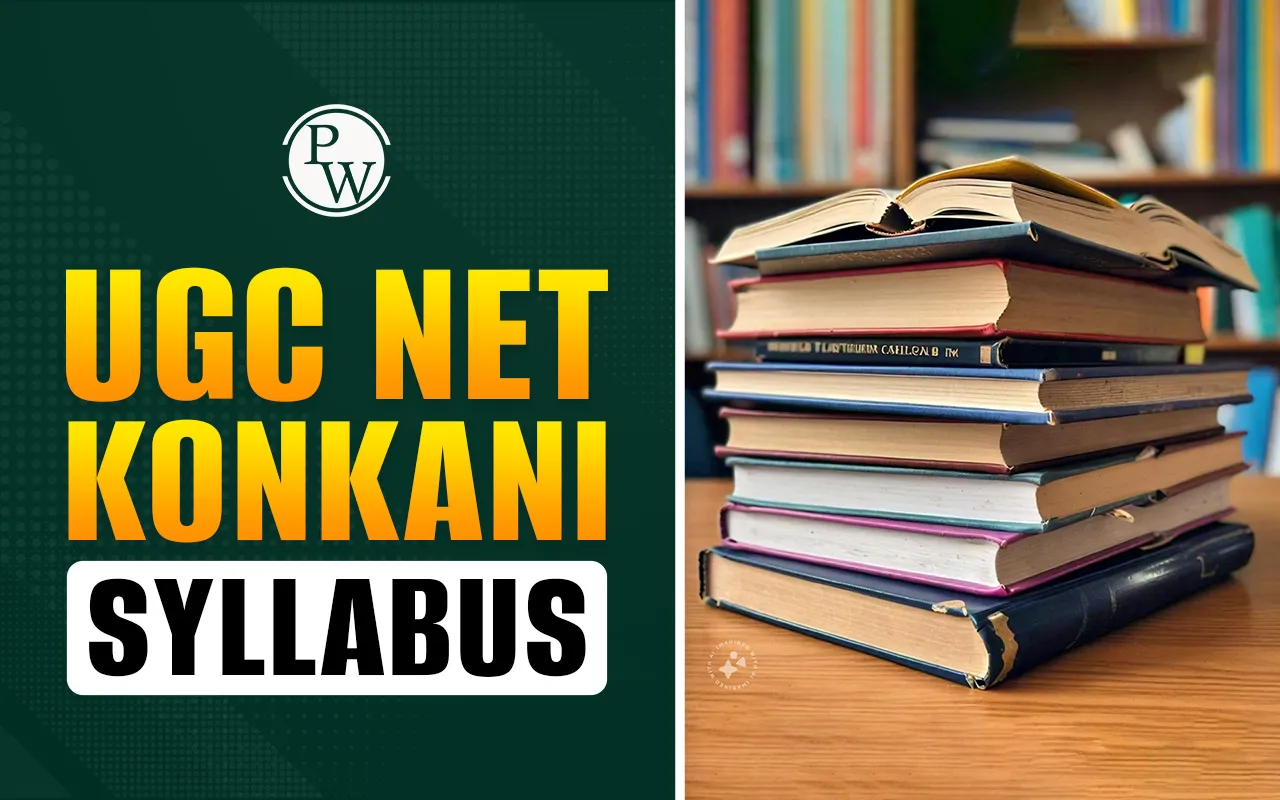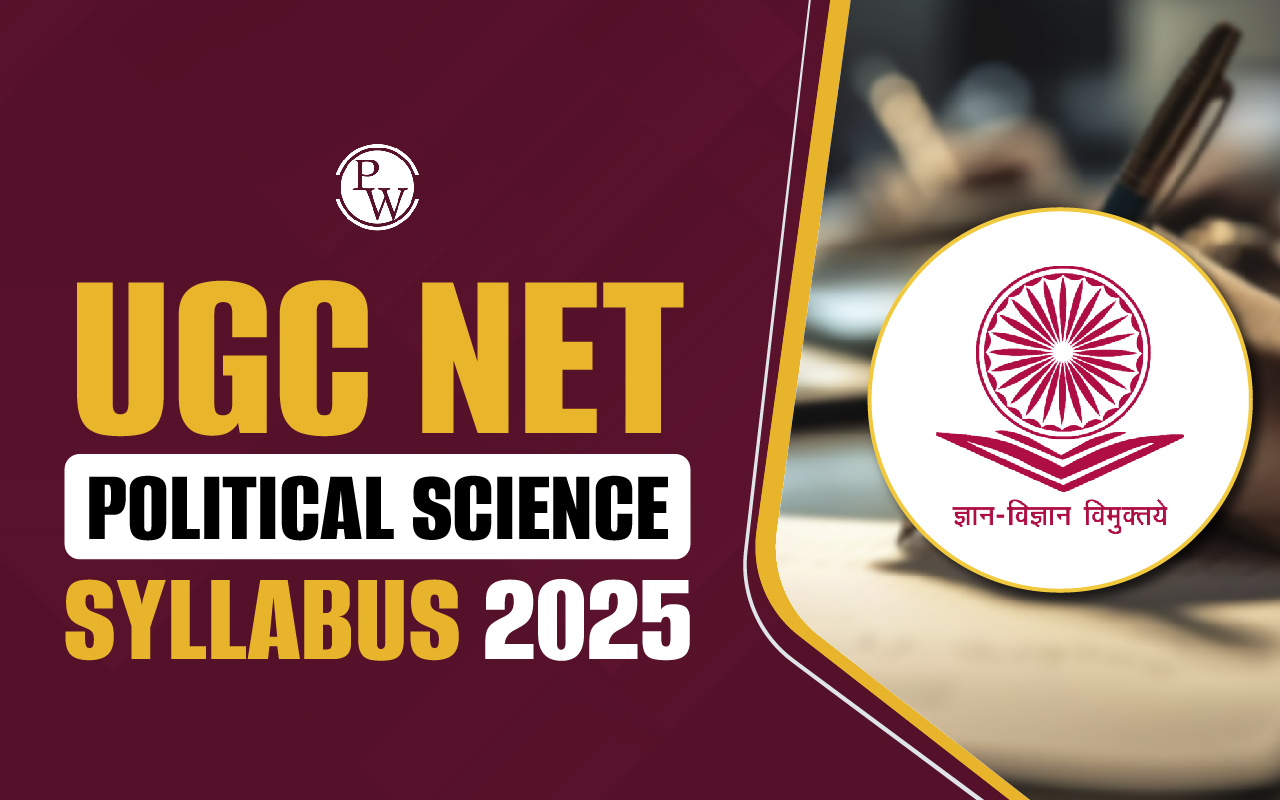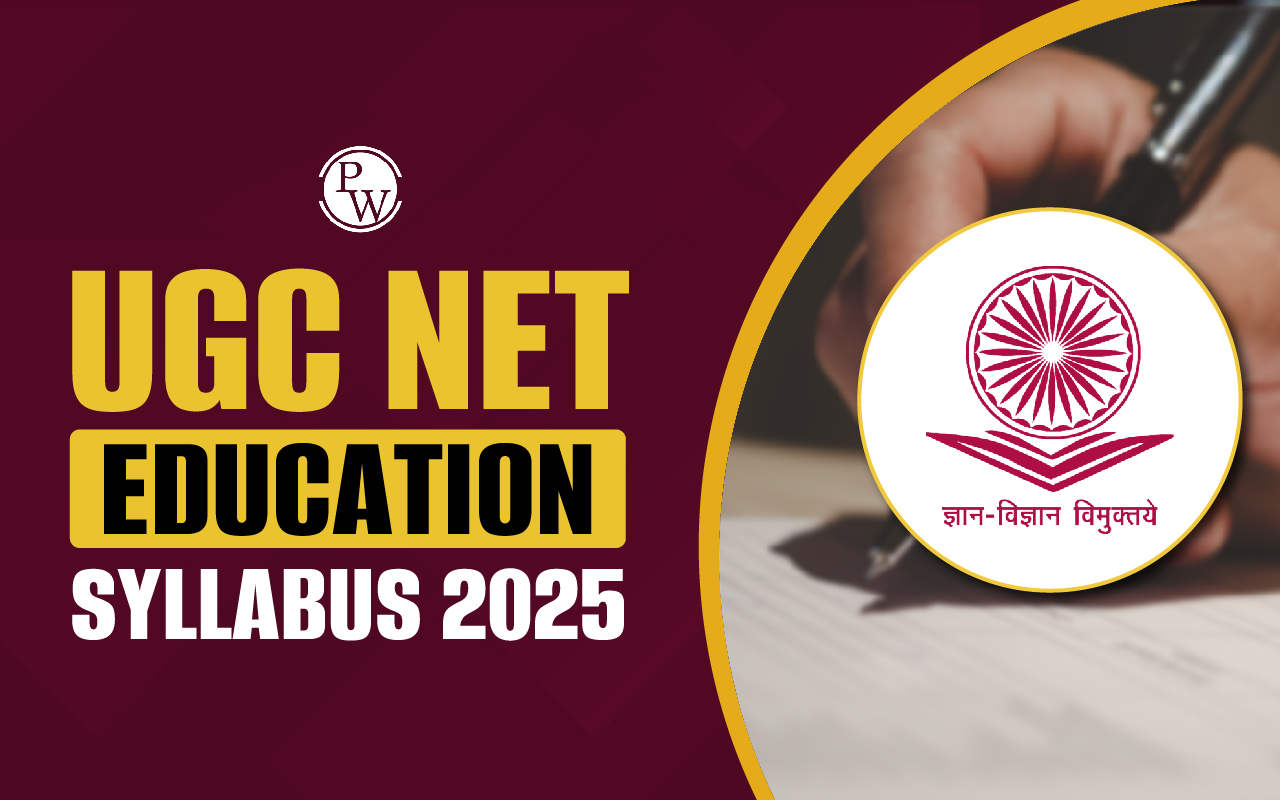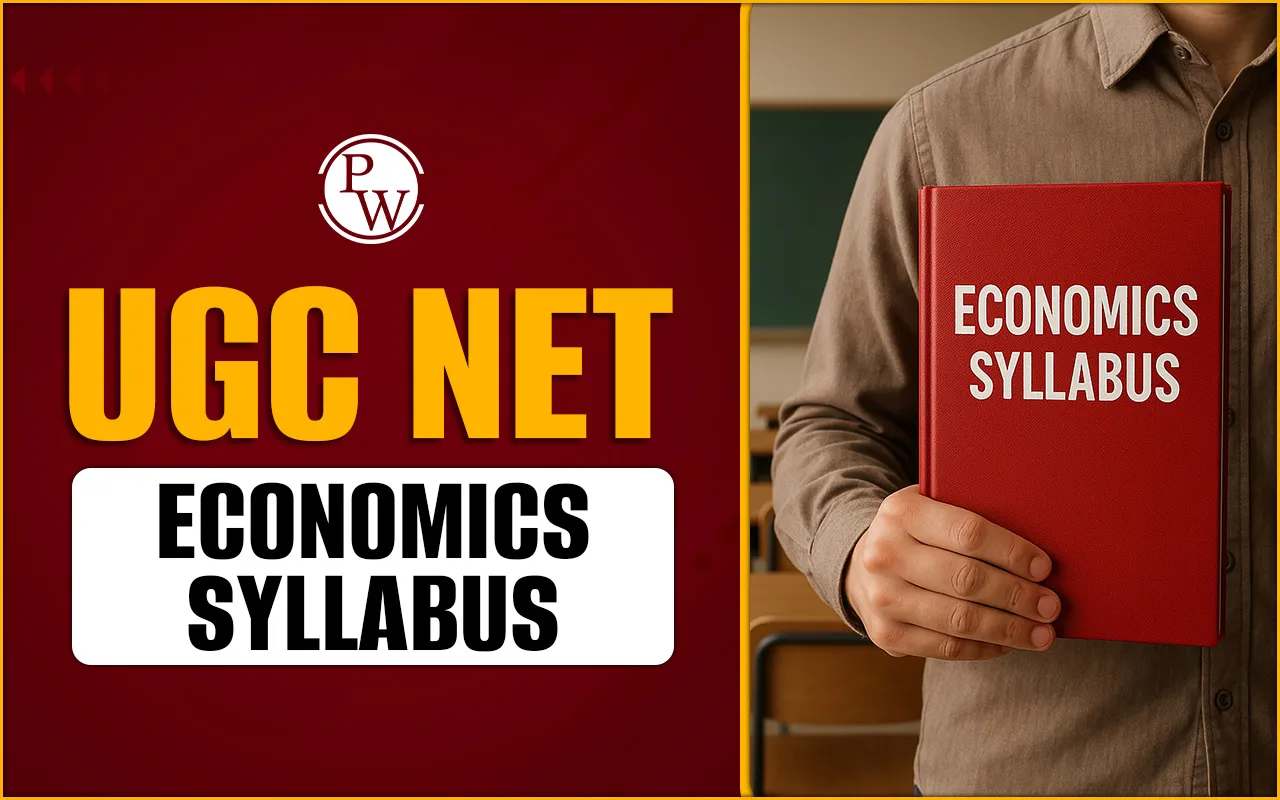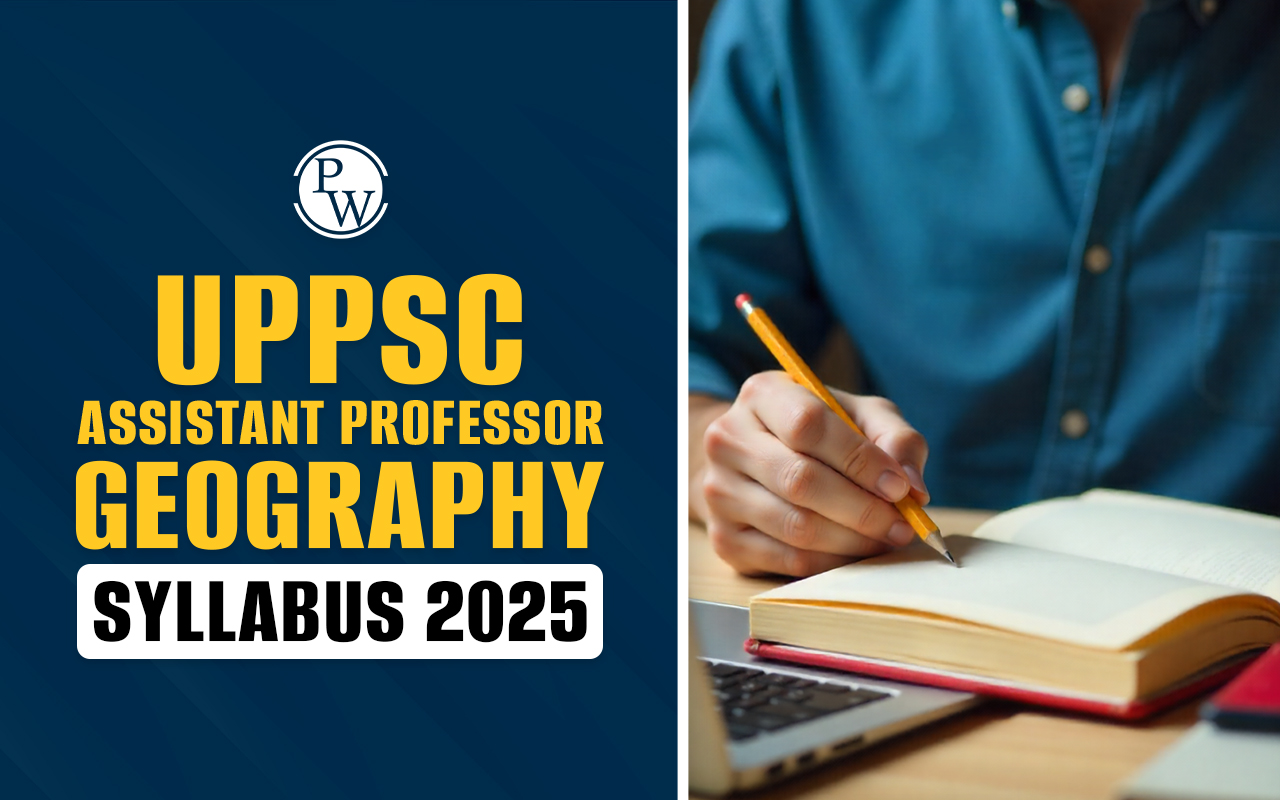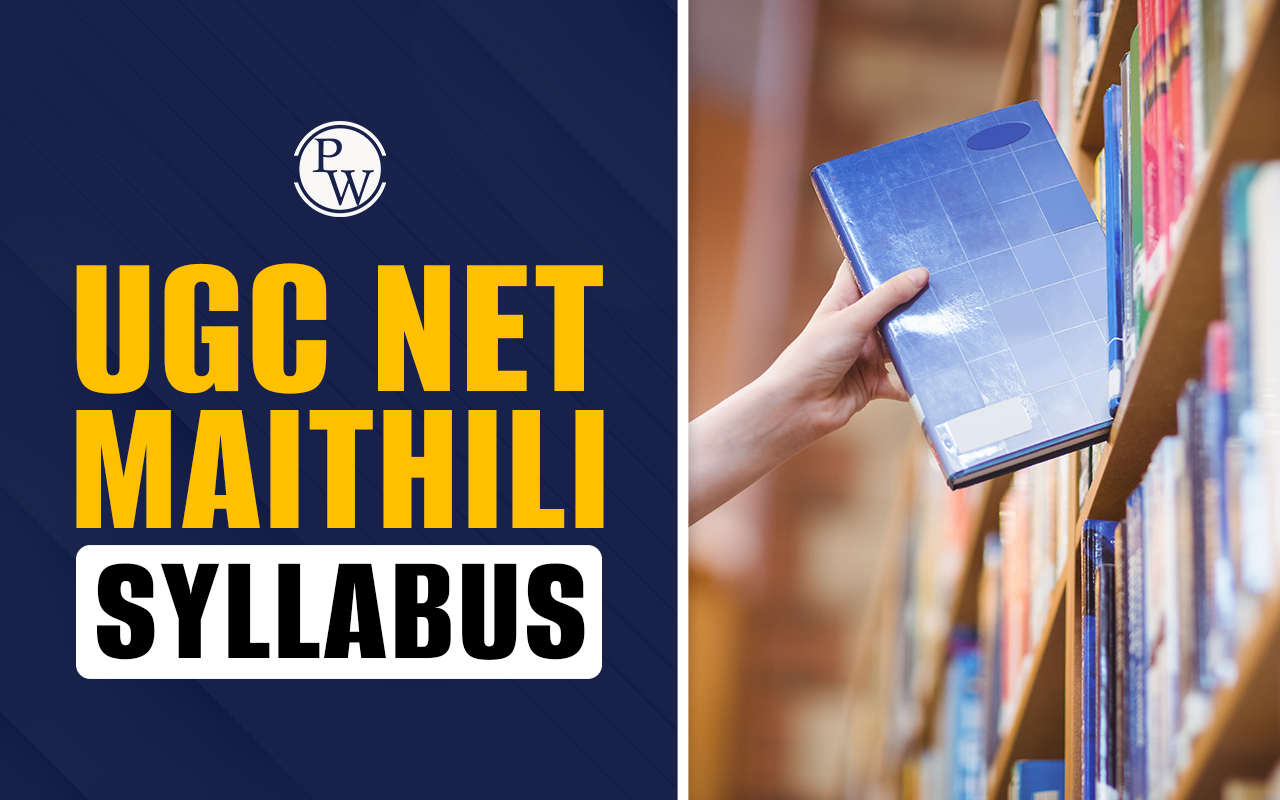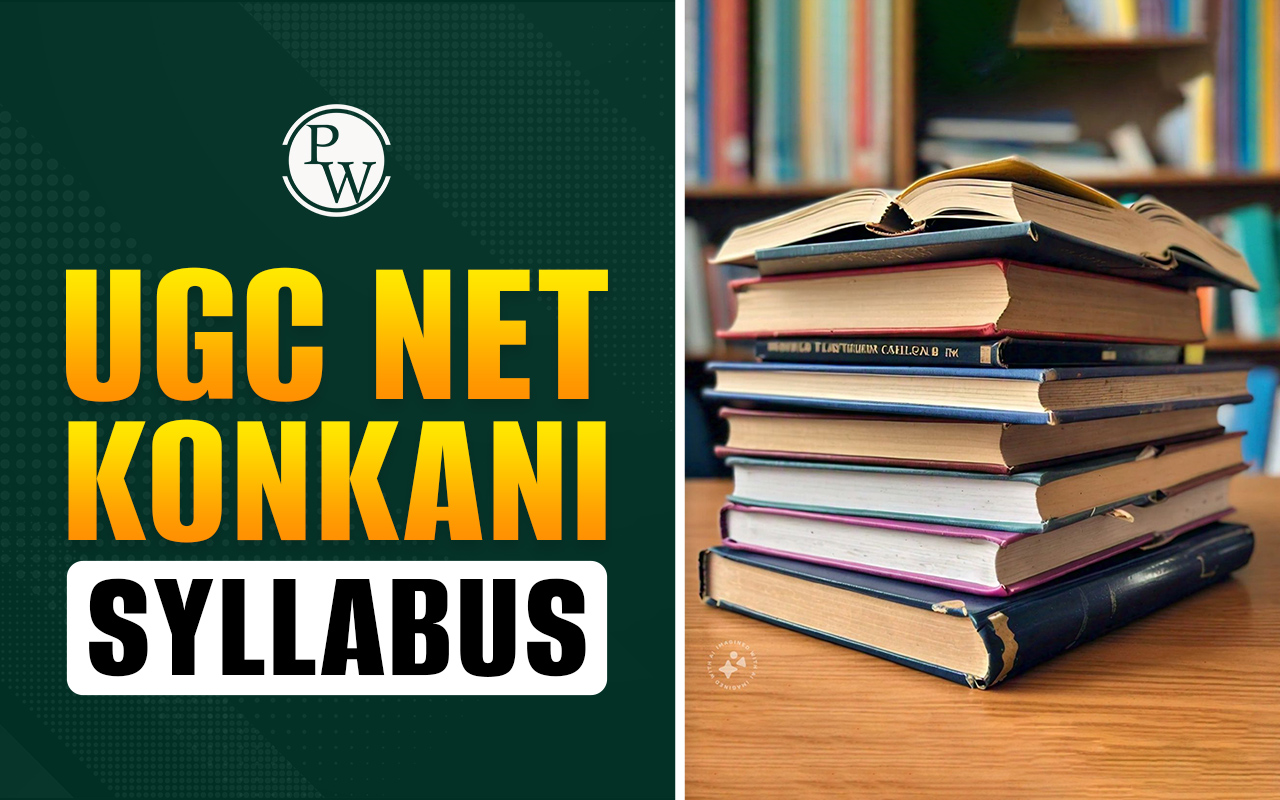
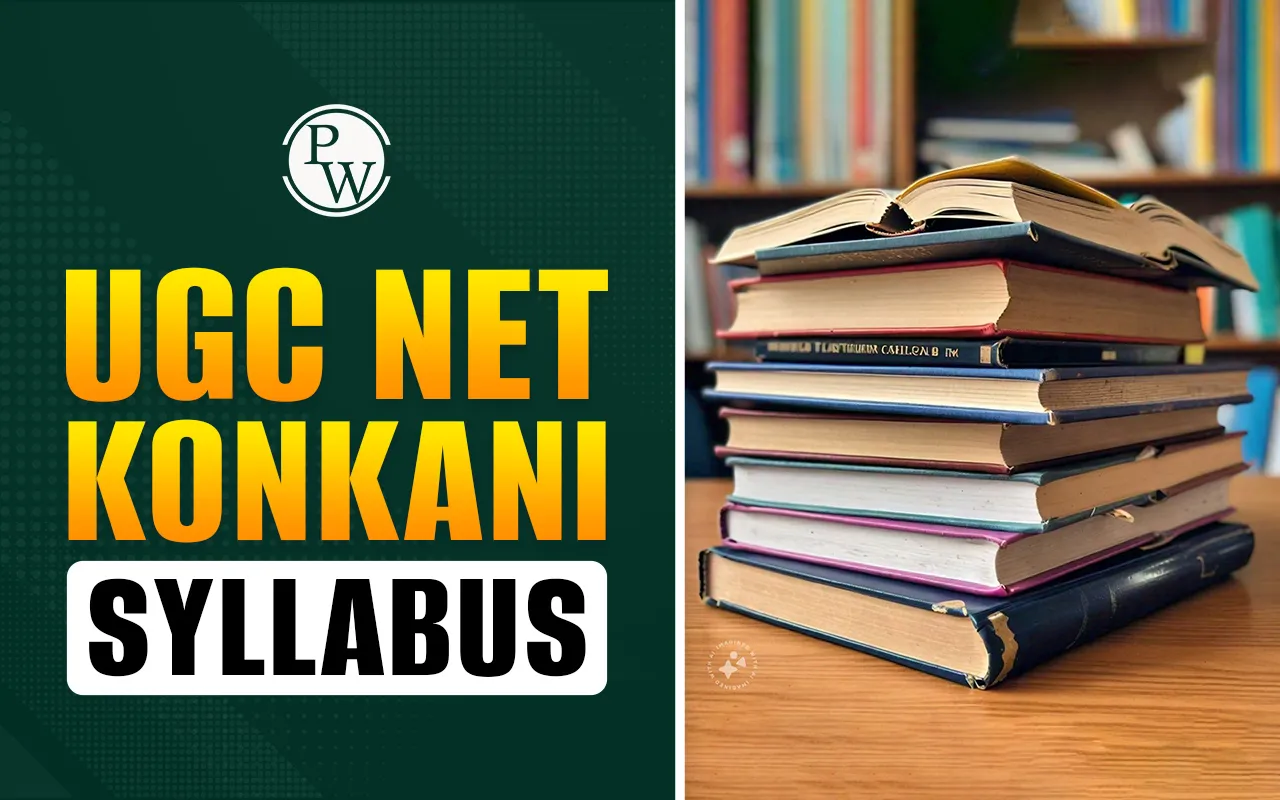
UGC NET Konkani Syllabus is issued by the National Testing Agency to guide students preparing for the UGC NET 2025 examination. The official UGC NET syllabus covers all the topics tested in both papers, which helps aspirants plan their preparation for the upcoming test. Students who aspire to qualify for the Junior Research Fellowship or Assistant Professor role in Konkani should study the syllabus carefully and align their strategies accordingly.
UGC NET Konkani Syllabus PDF
The syllabus is provided in PDF format by NTA for student convenience. Accessing theofficial file ensures candidates prepare according to the approved topics without missing any section. From here, candidates can click here to download the syllabus link for the UGC NET Konkani subject:
UGC NET Konkani Syllabus Overview
The UGC NET 2025 exam paper is divided into two parts. Paper I is common for all subjects and evaluates reasoning, comprehension, and general awareness of research. In addition, Paper II is specific to Konkani subject-related topics. Both papers contribute to the overall score in the UGC NET. So, aspirants should allocate time evenly between general aptitude and subject-specific studies.
The Konkani syllabus balances the study of grammar and linguistics with literary criticism, oral traditions, and modern writing. It reflects the need for candidates to have both theoretical understanding and applied knowledge of Konkani.
Below is a structured outline of the syllabus overview:
| UGC NET Konkani Syllabus Overview | |
|---|---|
| Particulars | Details |
| Conducting Body | National Testing Agency (NTA) |
| Exam Level | National |
| Papers Included | Paper I (General) and Paper II (Konkani) |
| Medium of Examination | English and Konkani |
| Frequency | Twice every year (June and December sessions) |
Note: For accurate details, candidates should confirm the latest UGC NET syllabus on the official NTA website before starting their study plan.
UGC NET Konkani Syllabus Details
The Konkani syllabus highlights the historical development of the language, linguistic structure, and a rich variety of literary works. It also integrates folklore and modern research, giving students a comprehensive base for advanced academic engagement. Further, candidates can go through the following table to get updated about the Konkani syllabus:
| UGC NET Konkani Syllabus Details | |
|---|---|
| Unit | Topics Covered |
| Unit I | History and Development of the Konkani Language |
| Unit II | Grammar and Linguistics |
| Unit III | Ancient, Medieval, and Modern Literature |
| Unit IV | Folk Literature, Oral Traditions, and Cultural Studies |
| Unit V | Literary Criticism and Comparative Studies |
| Unit VI | Contemporary Writers and Texts |
| Unit VII | Applied Linguistics and Pedagogy |
Note: Students should supplement syllabus study with standard reference texts and recent research articles for a broader understanding.
UGC NET Konkani Exam Pattern
The structure of the examination determines how candidates should allocate their preparation time. Conducted in a computer-based format, both papers are required to be attempted in a single sitting. Here, Paper I has 50 questions on general aptitude, while Paper II includes 100 questions specific to Konkani.
Candidates can learn about the Konkani exam pattern from here:
| UGC NET Konkani Exam Pattern | ||||
|---|---|---|---|---|
| Paper | Number of Questions | Marks | Duration | Content |
| Paper I | 50 | 100 | 3 Hours, combine | General Teaching and Research Aptitude |
| Paper II | 100 | 200 | 3 Hours, Combined | Subject-Specific |
Note: No section can be skipped under the UGC NET paper, as both papers are compulsory for the overall evaluation.
UGC NET Konkani Marking Scheme
The scoring system is straightforward and allows candidates to attempt every question without the risk of negative marking. Each correct response is rewarded with two marks.
| UGC NET Konkani Marking Scheme | |
|---|---|
| Particulars | Details |
| Correct Answer | +2 Marks |
| Incorrect Answer | No Negative Marking |
| Total Marks Paper I | 100 |
| Total Marks Paper II | 200 |
Note: Attempting all questions is recommended, as unanswered questions lead to lost opportunities for marks.
UGC NET Preparation Tips
Preparation for the examination requires a balance between conceptual knowledge and practice. Aspirants are advised to divide their schedule between Paper I and Paper II rather than focusing on only one section.
For Paper I, topics such as logical reasoning, comprehension, and research methodology should be revised regularly. For Paper II, students must pay close attention to linguistics, syntax, and semantics, along with literary works across time periods. Reading classical texts as well as contemporary Konkani literature is essential, since the exam frequently tests both.
It is equally important to study folklore and oral traditions, as these areas highlight cultural depth and are often included in the syllabus. Alongside theory, solving past papers and mock tests gives students a realistic sense of timing and question framing. Discussions with peers and mentors can also support a deeper interpretation of complex literary theories.
Finally, aspirants should make it a habit to follow new research and academic debates in Konkani studies. Engaging with current scholarship not only strengthens analytical skills but also prepares candidates for applied questions in the test.
